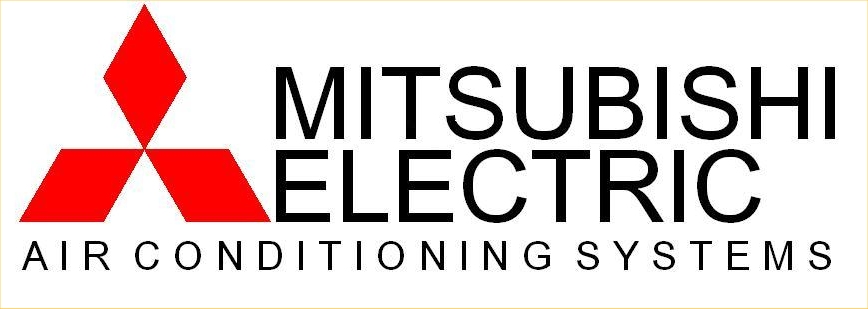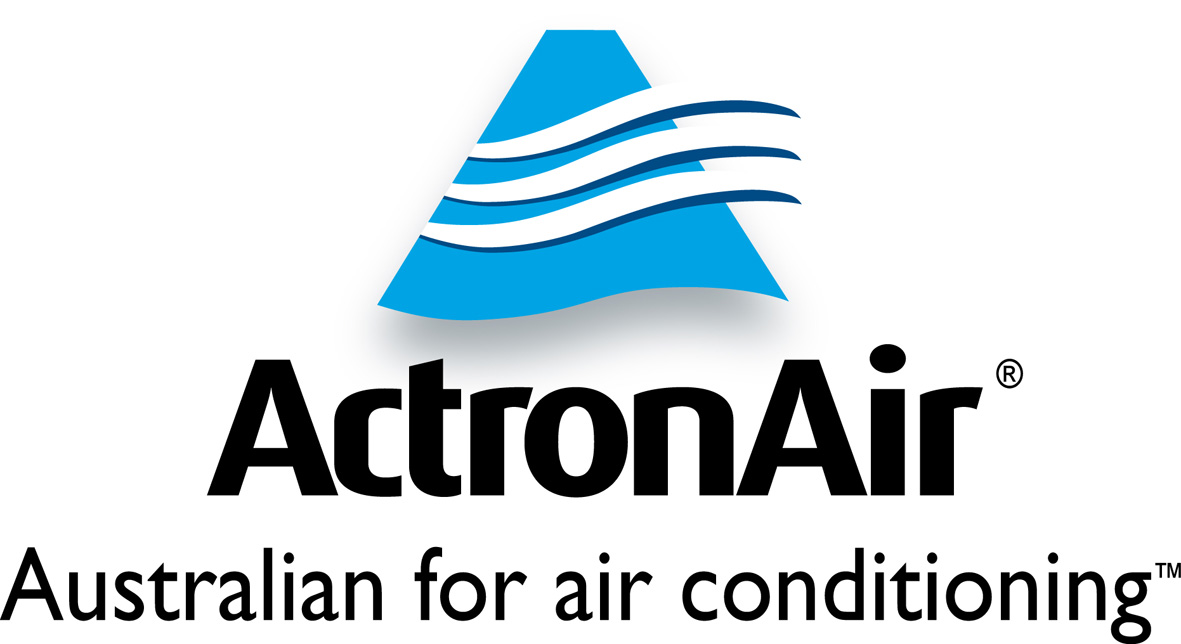When you are considering an air conditioning installation, there are a number things to think about.
This is the first part of a 2 part Blog entry,the second part will cover pricing, sizing, performance and function.
This entry is aimed at helping you avoid additional costs, save you time, and make sure your in the Know.
This is easily achieved by a simple check of whether you need to consult your council in NSW for permission to install an air conditioner.
We will be taking a look at both residential and commercial applications here.
First things first, let’s look at the official guide lines created to help private home owners know if they don’t need a permit to install air conditioning in their home:
Location of the home air conditioning system:
• It is not attached to a wall or roof that faces a primary road;
• It is not in front of the building line to the primary road;
• It is at least 450mm from any boundary;
• It will be attached to the external wall of a building or be ground mounted;
• Where the unit is wall mounted, it is not higher than 1.8m above ground level;
If your property is a listed heritage item or draft heritage item the unit is to be ground mounted only and cannot be wall mounted.
If your property is located within a heritage conservation area or draft heritage conservation area the unit must be in the back yard.
Remember to check if one of your neighbours has already installed an air conditioning system in their home, and if they did, it is likely that you as well will be able to.
In any case, you might want to talk to them about your plans for the installation, as this will help you prevent problems in the future.
It is also important to remember these four easy points:
• The installation of the air-conditioning must not affect the structural integrity of the building;
• The installation of the air-conditioning must not reduce the fire resistance level of any wall;
• Please speak with your air-conditioning unit supplier and ensure that your unit does not produce noise that exceed 5dB(A) above the ambient background noise level during that day;
• At night, noise from the air-conditioning unit is not heard in a habitable room of a neighbour’s house;
If you require more information, or want to find out whether your house is a listed heritage item, draft heritage item or within a heritage conservation area or draft heritage conservation area, you should contact your local council.
Useful literature:
• NSW Government’s Noise guide for local government published in 2004;
• Department of Environment, Climate Change and Water’s Noise Guide for Local Government.
For more info, go to the NSW Government’s website:
Now let us inspect the commercial air conditioning system requirements.
Location of the commercial air conditioning system:
• It is not on a wall or roof of a building that faces a primary road;
• It is not forward of the building line to a primary road;
• It is not built into any external wall unless the unit will be more than 3m from each side and rear boundary and 6m from any other building on the property;
If your property is a listed heritage item or draft heritage item the unit is to be ground mounted only and cannot be wall mounted.
If your property is located within a heritage conservation area or draft heritage conservation area the unit must be behind the building line of any road frontage.
And alike the additional rules for private homes, you have to comply with these as well:
• The installation of the air-conditioning must not to reduces the structural integrity of the building;
• The installation of the air-conditioning must not reduce the existing fire resistance level of any wall or roof;
• Any opening that is created for the construction or installation of the unit must be adequately waterproofed;
If you want more information, or want to find out whether the building requiring air conditioning installation is a listed heritage item, draft heritage item or within a heritage conservation area or draft heritage conservation area, you should contact your local council.
Useful literature:
• NSW Government’s Noise guide for local government published in 2004;
• Department of Environment, Climate Change and Water’s Noise Guide for Local Government.
For more info, go to the NSW Government’s website:
Another very important thing to consider is that most councils have put a limit for the background noise level.
So it is important to consider the two characteristics for all air conditioning units:
Sound Pressure
Sound pressure is the local pressure deviation from the average caused by a sound wave. It can be measured using a microphone. It is a measurement at a point in space near the source.
| Source of sound in air | Sound pressure level, dB |
| Shockwave (distorted sound waves > 1 atm; waveform valleys are clipped at zero pressure) | >194 dB |
| Theoretical limit for undistorted sound at 1 atmosphere environmental pressure | ~194.094 dB |
| Stun grenades | 170–180 dB |
| Simple open-ended thermo acoustic device | 176 dB |
| .30-06 rifle being fired 1 m to shooter’s side | 171 dB (peak) |
| M1 Garand rifle being fired at 1 m | 168 dB |
| Rocket launch equipment acoustic tests | ~165 dB |
| Jet engine at 30 m | 150 dB |
| Threshold of pain | 130 dB |
| Vuvuzela horn at 1 m | 120 dB(A) |
| Hearing damage (possible) | approx. 120 dB |
| Jet engine at 100 m | 110 – 140 dB |
| Non-electric chainsaw at 1 m | 110 dB |
| Jack hammer at 1 m | approx. 100 dB |
| Traffic on a busy roadway at 10 m | 80 – 90 dB |
| Hearing damage (over long-term exposure, need not be continuous) | 85 dB |
| Passenger car at 10 m | 60 – 80 dB |
| EPA-identified maximum to protect against hearing loss and other disruptive effects from noise, such as sleep disturbance, stress, learning detriment, etc. | 70 dB |
| Handheld electric mixer | 65 dB |
| TV (set at home level) at 1 m | approx. 60 dB |
| Washing machine, dishwasher | 42-53 dB |
| Normal conversation at 1 m | 40 – 60 dB |
| Very calm room | 20 – 30 dB |
| Light leaf rustling, calm breathing | 10 dB |
| Auditory threshold at 1 kHz | 0 dB |
Original Source:
Sound Power
Sound power belongs strictly to the source of the sound; it is the total power produced by the source in all directions.
| Sound source | Sound power level, dB |
| Rocket engine | 180 dB |
| Turbojet engine | 160 dB |
| Siren | 150 dB |
| Heavy truck engine or loudspeaker rock concert |
140 dB |
| Machine gun | 130 dB |
| Jackhammer | 120 dB |
| Excavator, trumpet | 115 dB |
| Chain saw | 110 dB |
| Helicopter | 100 dB |
| Loud speech, vivid children |
90 dB |
| Usual talking, Typewriter |
70 dB |
| Refrigerator | 50 dB |
Original Source:
Summary
All this should tell you not to install the air conditioner close to your neighbour’s windows, and with a minimum of 450 mm away from a boundary for home, 3 meters for a business.
You can’t put the air conditioner over 1.8 m high or looking at the primary road.
If you comply with the rules above, the only thing you have left to worry about is the noise.
In order to be absolutely sure you comply with the proper levels of noise you can use a consultant, who measures the sound power and pressure, as well as employing other ways of sound reduction.
Another possible solution for noise reduction is a sound reflecting barrier, which can be used to lower the noise for your neighbours.
Nowadays the air conditioning units used in both commercial air conditioning and private air conditioning systems are adapted to these requirements and therefore make little noise, have night mode, which allows them to reduce the sound of the air conditioning unit even further.
If after reading all the above, you still have questions, they may be answered by:
Don’t hesitate to ask your question, since it may affect the air conditioning installation schedule.
To conclude this blog entry, I would like to say that I hope both users of residential air conditioning and commercial air conditioning find this helpful, and with use of such resources can create better air conditioning installation plans that save you time and money.
Talk to you next time,
Andrew Paull

 02 9938 6599
02 9938 6599















